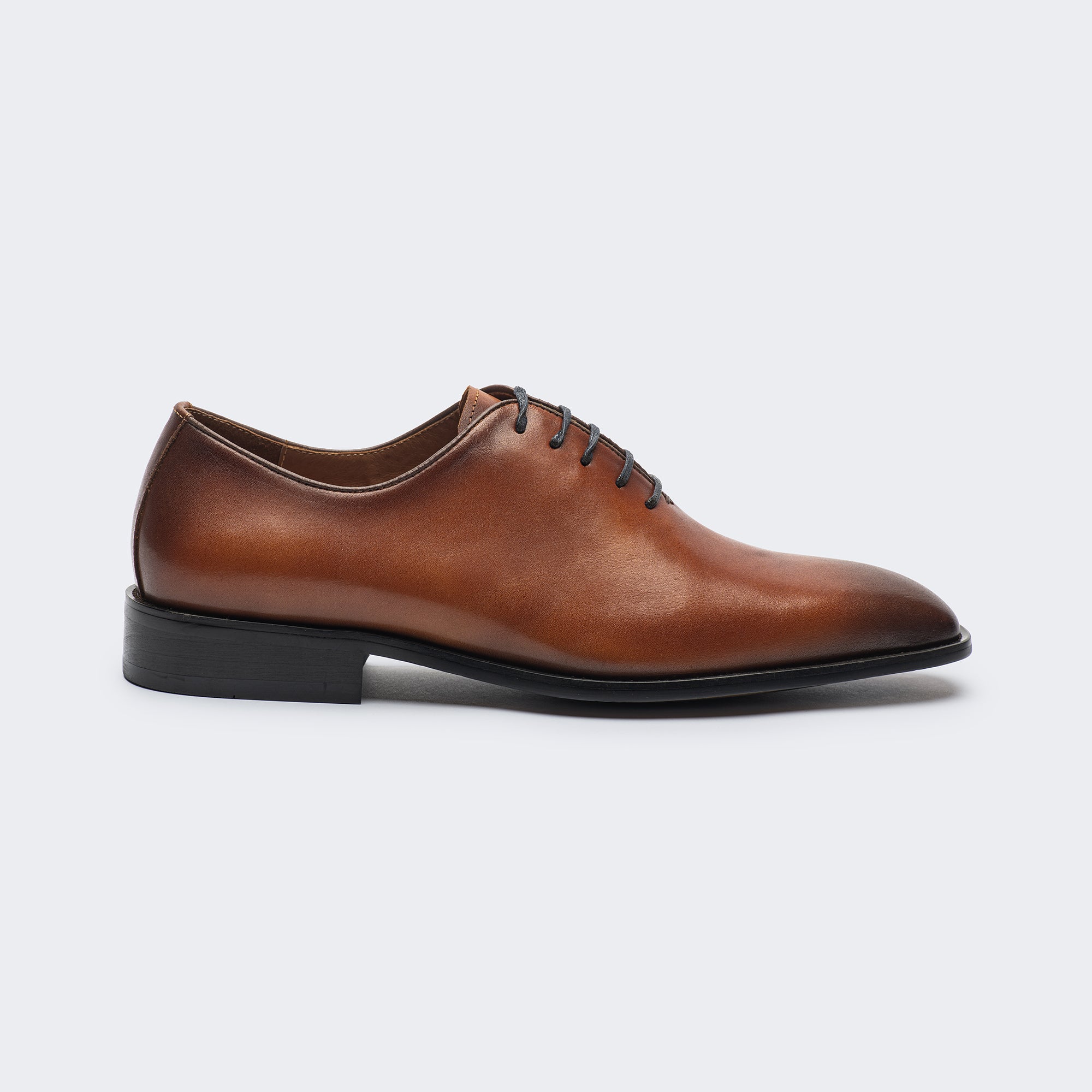The Camp Shirt: History & Fit
Whenever we think of a perfect summertime vacation shirt, the camp collar shirt is the one which pops into mind first. Characterized by the short sleeves, wide-open collar, and chic breezy build, camp shirts have their roots in the 16th century. Let's have a quick overview of camp shirt history!
The camp shirt: History
Originally known as Guayabera, this man's shirt was quite famous among the labourers of Mexico who had to work hard for long hours under the sweltering sun. When Guayabera reached Cuba after around 100 years, its classic Mandarin collar was switched with an even wider, open collar, which soon became a fashion staple there. That's another reason why the present-day camp collar shirts are also known as Cuban collar shirts.
In 1959, the abusive reign of Fidel Castro forced thousands of Cubans to flee to America. And since most of them were wearing camp shirts, that's how these shirts were introduced to the people of New York and Miami.
However, in America, these shirts were not seen as workwear but gained popularity as a favourite summer ensemble of pop stars, actors, musicians, literary titans, and celebrities.
Besides, the American workforce also loved camp shirts for their off-duty attires as these enabled them to have a break from heavy tie knots and collars.
The Camp Shirt: Fit
Today, it has been around 400 years since the camp shirt has not faced any major change in its look, but still, it's an indispensable piece of clothing in every man's wardrobe.
As mentioned before, the defining features of a camp shirt are its short sleeves and wide open collar. However, its unique collar doesn't contain any collar stand and comes with a double-notched, soft lining that lies flat against your chest. Some camp collars come with loop closures, whereas some others feature button closures. In the market, you'll also find some camp shirts with no closure at all.
Speaking of the fit of camp collars then, most of these are straight and boxy, from shoulders to hem, with loose sleeves. The reason for such a relaxed, boxy fit is that these shirts are made for days when the sun is shining bright. Thus, to get the right vibe from your camp shirt, make sure it's neither skin-tight nor baggy.
Wondering how one would know whether a camp shirt fits him perfectly or not? Here are some rules you'd need to remember!
- The opening of your collar should end one inch below your collarbone.
- The shoulder seam should perfectly fall on your shoulder bones instead of falling towards your neck or off your biceps.
- The sleeves of your camp shirt should end right on your elbow. Also, these need to be loosely fit and flaring.
- For the overall body fit of camp shirts, it should be relaxed. You may also go with a baggy fit as long as the shirt is laying correctly around the sleeves and shoulders.
- Lastly, your camp shirt should roughly end between your crotch and waist. However, if you are planning to tuck in your shirt, you may go with an even longer option.
FAQs
Since camp shirts are meant to be worn in summer, the best material for them is one which is breathable. Linen, cotton, cotton gauze, and rayon are some good options to go with.
If you are not working in a highly strict office environment, you may wear it to your workplace. Just make sure to pair your camp shirt with a formal bottom.
It's completely a matter of choice whether you want to tuck it in or not.










